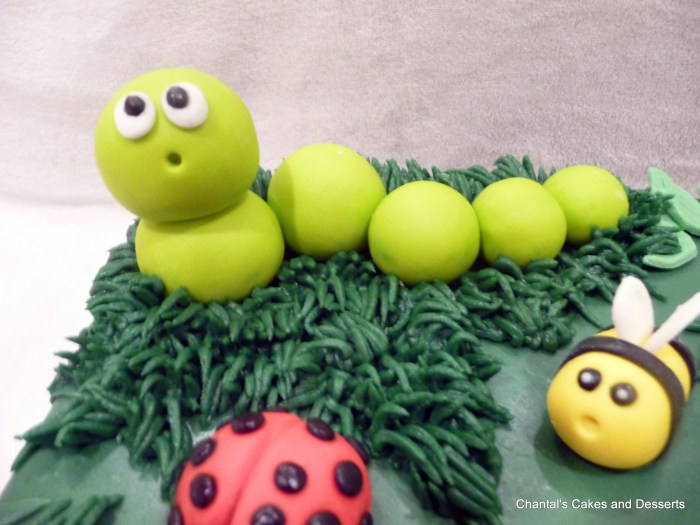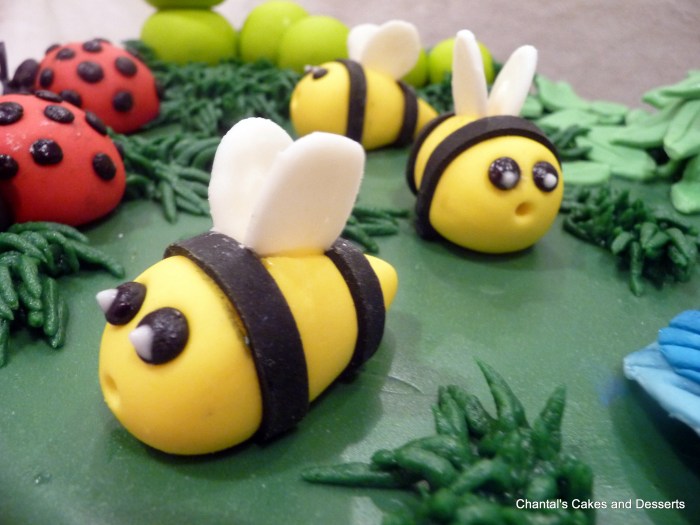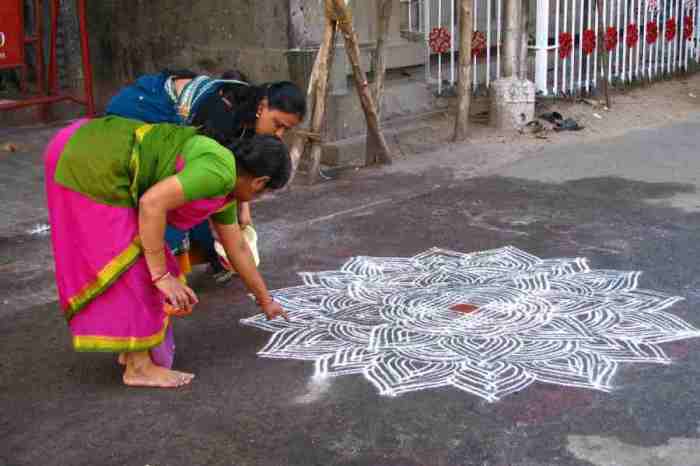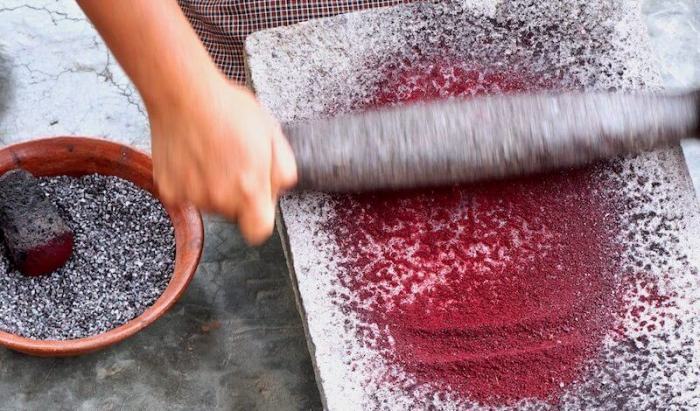Was cake icing traditionally made from insects? This question sets the stage for an enthralling narrative, offering readers a glimpse into a story that is rich in detail and brimming with originality from the outset. Throughout history, cake icing has undergone a remarkable evolution, with traditional methods and ingredients giving way to modern techniques and flavors.
This article delves into the fascinating world of cake icing, exploring its historical roots, cultural significance, and the surprising use of insects as an ingredient in traditional recipes.
History of Cake Icing

The origins of cake icing can be traced back to ancient times. In ancient Egypt, cakes were often decorated with a mixture of honey, nuts, and fruits. In the Middle Ages, Europeans began using sugar to make icing, which became increasingly popular in the Renaissance period.
Over time, cake icing recipes have evolved to include a wide variety of ingredients and flavors.
Traditional Methods of Making Cake Icing
- Royal Icing:Made from egg whites, powdered sugar, and lemon juice, royal icing is a hard, glossy icing that is often used to decorate cakes and cookies.
- Buttercream:Made from butter, powdered sugar, and milk or cream, buttercream is a smooth, creamy icing that is often used to fill and frost cakes.
- Fondant:Made from sugar, water, and gelatin, fondant is a pliable icing that can be used to create intricate designs on cakes.
Evolution of Cake Icing Recipes
The evolution of cake icing recipes has been influenced by a number of factors, including the availability of new ingredients and the development of new techniques. In the 19th century, the invention of the electric mixer made it easier to make smooth, creamy icings.
In the 20th century, the development of new food colorings and flavorings allowed for the creation of a wider variety of cake icings.
Traditional Cake Icing Ingredients

Traditional cake icing recipes typically include a combination of the following ingredients:
- Sugar:Sugar is the main ingredient in most cake icings, providing sweetness and structure.
- Fats:Fats, such as butter or shortening, add richness and creaminess to cake icings.
- Liquids:Liquids, such as milk or cream, help to thin out cake icings and make them easier to spread.
- Flavorings:Flavorings, such as vanilla extract or chocolate, add flavor to cake icings.
- Colorings:Colorings can be added to cake icings to create a variety of colors.
The Role of Insects in Traditional Cake Icing Recipes
In some cultures, insects have been used as an ingredient in cake icing recipes. For example, in Mexico, a type of cake icing called “gusano rojo” is made with red worms. In Thailand, a type of cake icing called “khao niew maeng da” is made with black ants.
The use of insects in cake icing recipes is thought to have originated from a time when insects were a more common food source. Insects are a good source of protein and other nutrients, and they can add a unique flavor and texture to cake icings.
The Use of Insects in Cake Icing

The use of insects in cake icing recipes has a long history in many cultures. Insects are a good source of protein and other nutrients, and they can add a unique flavor and texture to cake icings.
Historical Accounts of the Use of Insects in Cake Icing Recipes
There are historical accounts of the use of insects in cake icing recipes dating back to ancient times. In ancient Egypt, cakes were often decorated with a mixture of honey, nuts, and fruits. In the Middle Ages, Europeans began using sugar to make icing, and some recipes included insects as an ingredient.
In the 19th century, the use of insects in cake icing recipes became more popular in Europe and North America. This was due in part to the popularity of entomology, the study of insects. Entomologists began to experiment with using insects in food, and they discovered that insects could add a unique flavor and texture to cake icings.
Cultural Significance and Symbolism of Using Insects in Cake Icing
The use of insects in cake icing recipes has a cultural significance in many cultures. In some cultures, insects are seen as a symbol of good luck or prosperity. In other cultures, insects are seen as a delicacy.
In Mexico, for example, a type of cake icing called “gusano rojo” is made with red worms. This icing is often used to decorate cakes for special occasions, such as weddings and birthdays. In Thailand, a type of cake icing called “khao niew maeng da” is made with black ants.
This icing is often used to decorate cakes for festivals and other celebrations.
Nutritional Value and Potential Health Benefits of Consuming Insects
Insects are a good source of protein and other nutrients. They are also a low-fat and low-calorie food. Consuming insects may have a number of health benefits, including reducing the risk of heart disease, stroke, and cancer.
Insects are a sustainable food source. They can be raised with a low environmental impact, and they require less water and land than other animals. Consuming insects may help to reduce our impact on the environment.
Modern Cake Icing Techniques

Modern cake icing techniques have been influenced by a number of factors, including the development of new ingredients and the use of new technologies.
One of the most significant developments in cake icing techniques has been the use of new ingredients. In the past, cake icings were typically made with sugar, butter, and milk. Today, cake icings can be made with a wide variety of ingredients, including chocolate, fruit, nuts, and spices.
Another significant development in cake icing techniques has been the use of new technologies. In the past, cake icings were typically applied by hand. Today, cake icings can be applied using a variety of tools, including piping bags, spatulas, and airbrushes.
The Use of Alternative Ingredients and Flavorings in Contemporary Cake Icing Recipes
Contemporary cake icing recipes often use alternative ingredients and flavorings to create unique and flavorful icings. Some popular alternative ingredients include:
- Cream cheese:Cream cheese adds a rich and tangy flavor to cake icings.
- Sour cream:Sour cream adds a moist and fluffy texture to cake icings.
- Yogurt:Yogurt adds a light and healthy flavor to cake icings.
- Fruit:Fruit can be added to cake icings to create a variety of flavors and textures.
- Nuts:Nuts can be added to cake icings to add a crunchy texture and a nutty flavor.
- Spices:Spices can be added to cake icings to create a variety of flavors, such as cinnamon, nutmeg, and ginger.
Cake Icing as a Cultural Expression
Cake icing is a cultural expression that reflects the traditions and preferences of different regions.
In some cultures, cake icing is used to decorate cakes for special occasions, such as weddings and birthdays. In other cultures, cake icing is used to add flavor and moisture to cakes.
The symbolism and significance of cake icing can vary depending on the culture. In some cultures, cake icing is seen as a symbol of good luck or prosperity. In other cultures, cake icing is seen as a way to express creativity and artistry.
Examples of How Cake Icing is Used in Various Celebrations and Festivities, Was cake icing traditionally made from insects
- Weddings:In many cultures, wedding cakes are decorated with elaborate icing designs. These designs often symbolize the couple’s love and commitment to each other.
- Birthdays:Birthday cakes are often decorated with icing designs that reflect the birthday person’s interests or hobbies.
- Holidays:Holiday cakes are often decorated with icing designs that reflect the holiday theme. For example, Christmas cakes are often decorated with icing designs of Santa Claus, snowmen, and Christmas trees.
Clarifying Questions: Was Cake Icing Traditionally Made From Insects
Did people really use insects to make cake icing?
Yes, in some traditional recipes, insects such as cochineal beetles were used to create a vibrant red color for cake icing.
What was the purpose of using insects in cake icing?
Insects were primarily used to add color and flavor to cake icing, as they were a natural source of pigments and other compounds.
Are there any health benefits to eating insects in cake icing?
While insects are a nutritious food source, the amount used in cake icing is typically too small to provide significant nutritional value.